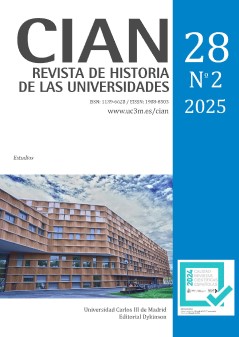El portal e-Revistas UC3M aloja revistas electrónicas editadas por los departamentos, institutos o grupos de investigación de la Universidad Carlos III de Madrid.
Este servicio, ofrecido por la Biblioteca, persigue contribuir a conseguir que la investigación de la universidad, en particular los resultados de investigación financiados con fondos públicos, puedan compartirse para ser reutilizados por todos los ciudadanos.
















